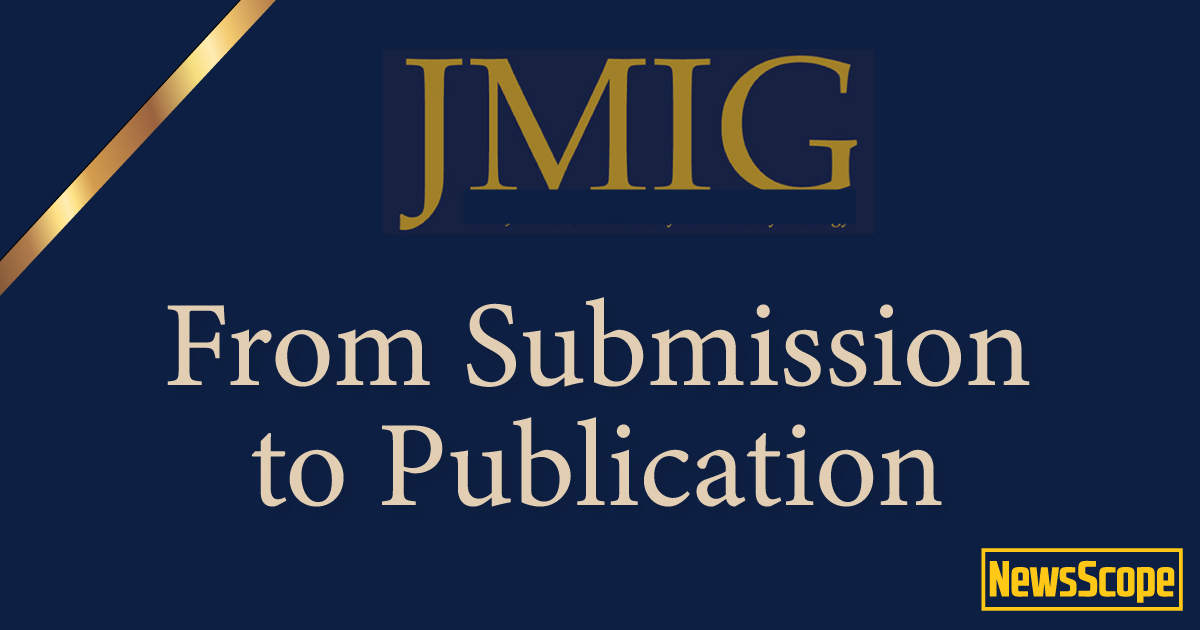Tips for Success: Getting Your Video Articles Accepted for Publication in JMIG

Since the Journal of Minimally Invasive Gynecology (JMIG) began accepting video articles in 2013, the format has become a powerful way to showcase surgical innovation and education. Under the leadership of Dr. António Setúbal, who served as Deputy Editor of Visual Media for ten years, JMIG built a solid foundation for global video-based scholarship.
In 2023, I was fortunate to take on Dr Setúbal’s role, and over the past 12 months, we’ve reviewed more than 200 video submissions from across the globe. With only 20% accepted for peer review and just 2–3 videos published in each monthly JMIG issue, the competition remains fierce. To stand out, your submission must be both scientifically robust and visually compelling.
Here are essential tips to help your video article succeed:
- Follow JMIG’s Video Article Guidelines
A video article must include all elements of a written manuscript, presented visually and audibly. A structured abstract is required, with headings: Objective, Setting, Participants, Interventions, and Conclusion. Narration is mandatory and must be in English, with the narrator’s name (or AI narrator) acknowledged at the start. Videos should be 6–8 minutes long, contain no music, and be uploaded as a single file under 200MB in approved formats. We often receive videos with uninformative names like video1.avi or JMIG.mov. Please consider naming your videos appropriately to help the assessment process, e.g., my_amazing_hysterectomy_jabbott.mov.
- Make Your Video Technically Sound
When filming with a phone, always use landscape mode. Ensure all videos and images are stored correctly, as they form part of the medical record. Do not conclude your videos with terms like “safe and effective” unless supported by data. Videos previously posted online (e.g., YouTube or social media) will not be considered.
- Structure and Clarity Matter
Begin with a title slide showing the title, institution, authors, and narrator. Keep the number of slides minimal where necessary to highlight surgical education and technique videos. Many submissions from non-English countries now feature AI narration. Ensure the narration is clear and concise, and have it reviewed by a native English speaker if using AI-generated voices.
- Use LAP-VEGaS for Quality Assessment
All submissions are assessed using the validated LAParoscopic surgery Video Educational GuidelineS (LAP-VEGaS) tool. Familiarise yourself with this checklist (Celentano et al., Surg Endosc. 2021) to ensure your video meets educational and scientific standards.
- Learn from the Best
I highly recommend watching Dr. Jeffrey Woo’s video tutorial, ‘Mastering Surgical Video Presentation: The Path to the Golden Laparoscope,’ on SurgeryU by AAGL. It’s a fantastic resource for learning what makes a video article stand out.
Final Thoughts
Video articles provide a lively way to share surgical insights and innovations. By following JMIG’s guidelines and prioritising clarity, structure, and scientific quality, you can significantly improve your chances of peer review and ultimately getting published.
Finally, as President of the Australasian Gynaecological Endoscopy and Surgery (AGES) Society, I would like to take the opportunity to invite AAGL members to join us at the AGES Peri-Operative Surgical Meeting, Grand Hyatt Melbourne, Australia, August 28–30, 2025, and the AGES XXXVI Annual Scientific Meeting, Auckland, New Zealand, March 12–14, 2026. Both meetings promise rich scientific content and a chance to explore the beauty of Australia and New Zealand.
Ngā mihi,
Dr. Michael Wynn-Williams






